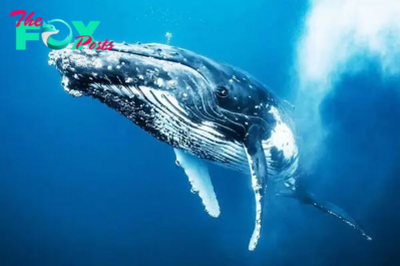Animals
Roaring Majesty: The Fascinating World of Lions H15
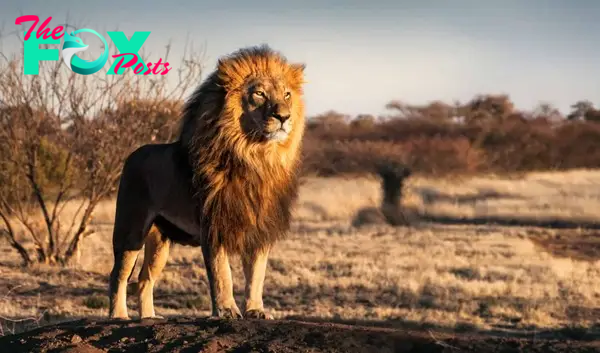
The lion, known scientifically as Panthera leo, stands as one of the most majestic and formidable creatures in the animal kingdom. Roaming the vast grasslands and savannas of Africa and parts of Asia, this iconic big cat embodies strength, grace, and a complex social structure that has fascinated humans for centuries.
Lions are easily recognizable by their golden fur coats, which vary from light buff to deep ochre, complemented by a white underbelly. Their faces are marked with distinctive whisker spots and a dark tuft of hair at the end of their tails, making them instantly identifiable in the wild. Adult males, known as “lions,” are distinguished by their impressive manes, which range in color from blonde to black and serve as both protection and a symbol of dominance within their pride.
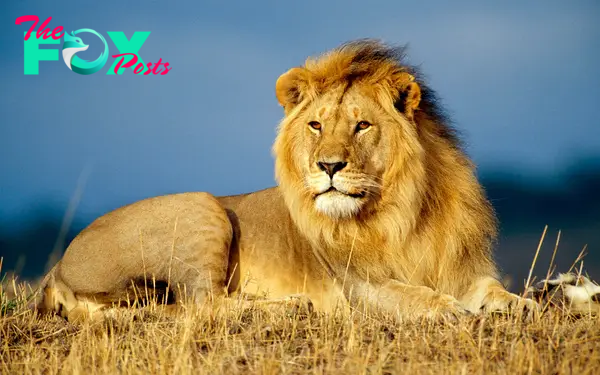

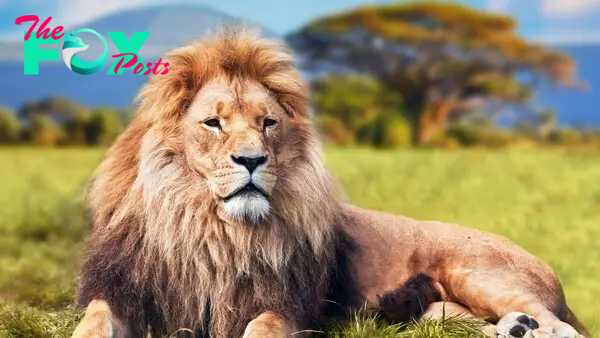
These big cats are known for their powerful physique, with adult males typically weighing between 330 to 550 pounds (150 to 250 kilograms), while females, or “lionesses,” are slightly smaller, weighing around 265 to 400 pounds (120 to 180 kilograms). This size and strength make them apex predators in their ecosystems, capable of taking down large prey such as buffalo, giraffes, and even young elephants.
Lions are highly social Animals, living in groups called prides that typically consist of related females, their offspring, and a few resident males. This social structure is crucial for hunting, raising young, and defending territory from rival prides. Within the pride, lionesses are the primary hunters, using their stealth and teamwork to stalk and ambush prey, while males defend the territory and pride from intruders.
Despite their fearsome reputation, lions are not constantly on the hunt; they spend a significant portion of their time resting and conserving energy, often lounging in the shade during the heat of the day. Their distinctive roars can be heard from miles away, serving as a form of communication to signal their presence and maintain contact with other members of their pride.
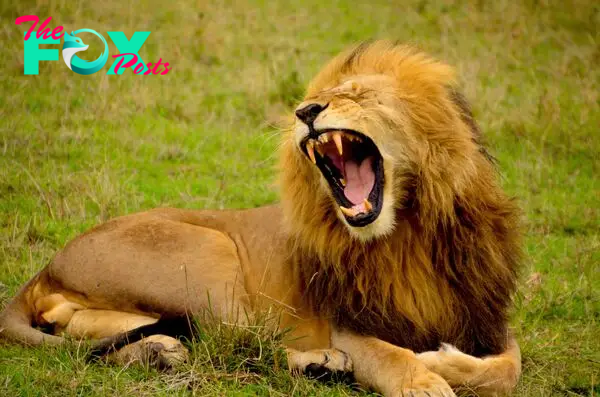
Breeding among lions is carefully orchestrated within the pride. Lionesses usually synchronize their reproductive cycles, leading to a period where several females may give birth around the same time. Cubs are born blind and vulnerable, relying entirely on their mother for protection and nourishment during their early weeks. As they grow, they learn essential hunting and social skills through play and interaction with other members of the pride.
Unfortunately, lions face numerous threats in the wild, primarily due to habitat loss, human-wildlife coNFLict, and poaching. Conservation efforts are critical to ensuring the survival of these iconic big cats, with organizations focusing on habitat preservation, community Education, and anti-poaching initiatives to safeguard lion populations for future generations.
In cultures around the world, lions hold a symbolic significance, often representing strength, courage, and royalty. They feature prominently in mythology, literature, and heraldry, embodying qualities that humans have long admired and respected.
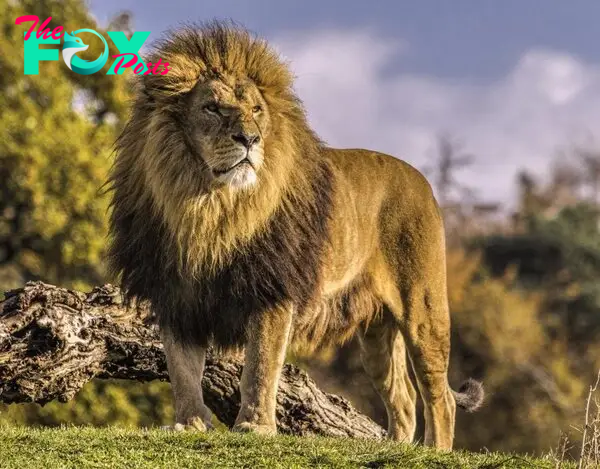
Observing lions in their natural habitat is a privilege that few get to experience firsthand. Safaris in Africa offer Travelers the opportunity to witness these magnificent creatures up close, observing their behavior and interactions within their pride. It’s an experience that leaves a lasting impression, highlighting the importance of conservation efforts to protect these extraordinary Animals for generations to come.
In conclusion, the lion is not just a creature of the wild but a symbol of power, resilience, and community. Through concerted conservation efforts and global awareness, we can ensure that these majestic big cats continue to roam the African savannas, inspiring awe and admiration in all who encounter them.
-

 Animals3h ago
Animals3h agoWhales: Guardians of the Oceanic Realm: Their Majesty and Conservation H14
-

 Animals3h ago
Animals3h agoAstonished divers find a massive black fish with serrated teeth.
-
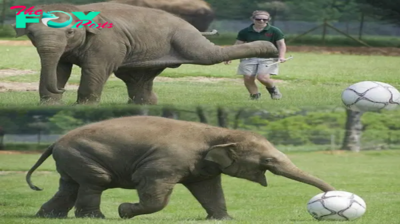
 Animals4h ago
Animals4h agoIt’s Mara-Donna! Hilarious pictures shows two-year-old elephant wowing crowds with her football skills before Euro
-

 Animals4h ago
Animals4h ago‘New Grumpy Cat’ has permanently sad face due to rare medical condition
-

 Animals5h ago
Animals5h agoWorld’s shortest dog is just 3.59 inches tall — and ‘a bit of a diva’
-

 Animals9h ago
Animals9h agoA dolphin-elephant hybrid in the water? The wonders of nature are endless.
-

 Animals9h ago
Animals9h agoDreams and amazing stories: Giant Octopus with King Cobra.
-
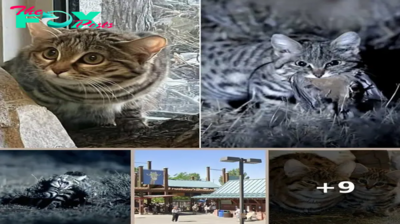
 Animals10h ago
Animals10h agoWorld’s deadliest — but most adorable — cat arrives at Utah Zoo: ‘feisty personality’


